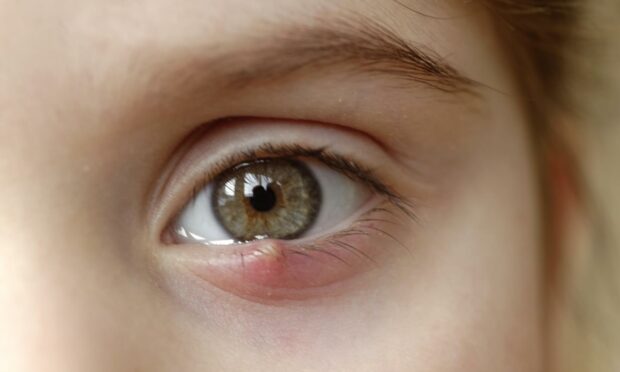Have you ever had a small, painful lump around your eyes? If so, you might have had a stye.
Ever forgotten to remove your makeup before heading to bed? Or touched your contact lenses before washing your hands?
These are all ways to introduce the bacteria to your eyes which can cause a stye – a common, but bothersome infection.
Lenstore’s expert optometrist Roshni Patel MCOptom has shared some advice on how to help treat them and protect yourself from developing one in the future.
What is a stye?
A stye is the painful bacterial infection of a hair follicle in the eye, or an oil gland, which causes a small, painful lump inside the eyelid or around the eyes.
Often the site can be swollen and red, and could be filled with yellow puss.
It doesn’t affect your vision and they’re usually harmless. They fade on their own if treated with care, and will normally affect one eye at a time.
You could have a stye if there is:
- Yellowish discharge/pus
- A gritty feeling in the eye
- Eye-watering
- Eyelid swelling
- Feeling like there is something in your eye
- Crust forming around the edge of the eyelid
However, if it’s the eye or eyelid that is swollen and red – and if the eye is watery, it could be conjunctivitis or blepharitis instead.
If the lump is hard but isn’t painful, it’s more likely to be a chalazion – sometimes called an eyelid cyst.
What causes a stye?
When a hair follicle or an oil gland becomes clogged, a stye is formed.
This is often because of dead skin cells and bacteria trapped inside that cause the infection.
The most common way for a stye to develop is through touching or rubbing the eyes. It’s important to always keep your hands clean when touching your eyes.
Contaminated eye makeup can cause also styes, as does leaving your makeup on overnight.
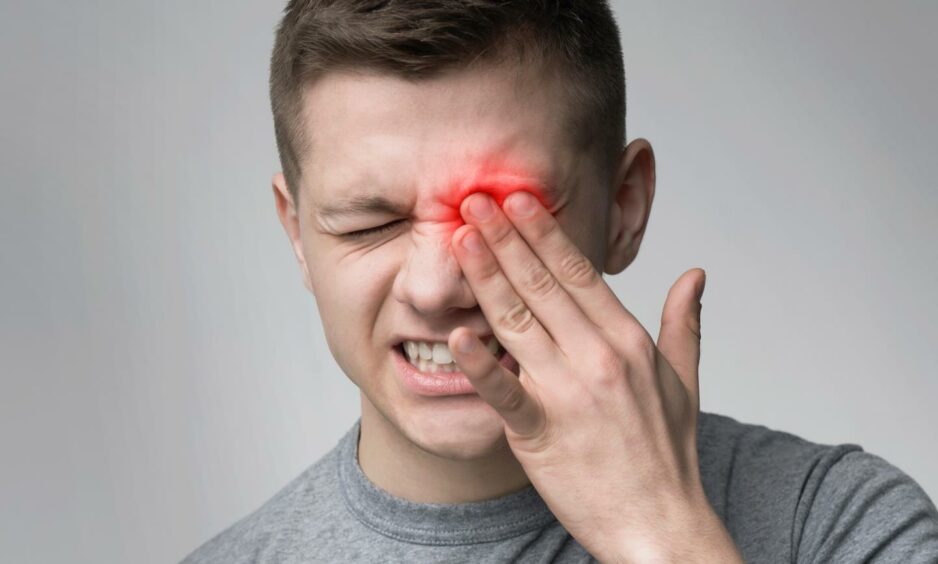
Skin and medical conditions, while more uncommon, can cause this infection. This includes diabetes, rosacea and seborrheic dermatitis.
Optometrist Roshni Patel said: “Styes can also make people feel conscious due to the physical appearance of the stye, however, symptoms should clear up within a week of showing.
“Simple habits such as regularly changing eye makeup products and washing our hands are some of the most effective ways we can reduce our chances of developing a stye.”
How do I get rid of my stye?
Most of the time, they will disappear on their own after a short period of time if cleaned properly.
To ensure this goes smoothly, you can use a warm compress by dampening a flannel in warm water and holding it against the eyes. Do this for five to ten minutes, three to four times a day.
Do not try to burst the stye or remove any trapped eyelashes yourself, as this can spread the infection and make it worse.
If it’s painful, you can use pain medication such as ibuprofen.
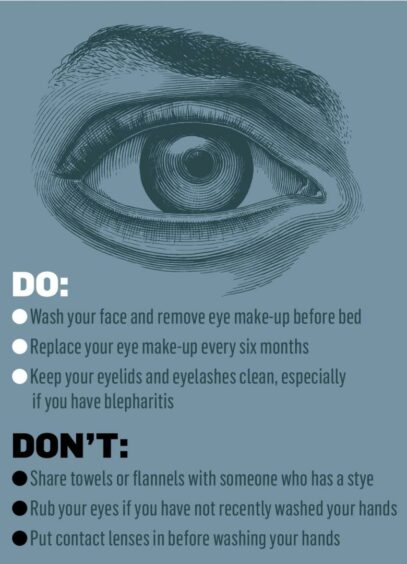
Don’t share any eye-care products, or use the same one on both eyes as you could spread the infections to others, and your other eye.
Wash your hands thoroughly before touching your face to avoid transferring bacteria to or from your hands.
If the problem persists after five days, consult a GP or optometrist, who will investigate and may prescribe antibiotics or steroids to help it heal.
Can I still wear my contact lenses if I have a stye?
Improperly cleaned contact lenses can be a cause, as they can expose your eyes to more infection.
Touching your lenses before washing your hands, reusing disposable contacts, using them after they have expired and wearing them while sleeping are all risks.
It’s not recommended to wear your contacts since the stye can burst and cause bacteria to get trapped under the lens.
If it develops while wearing contact lenses, it’s recommended to take them out until the stye heals.
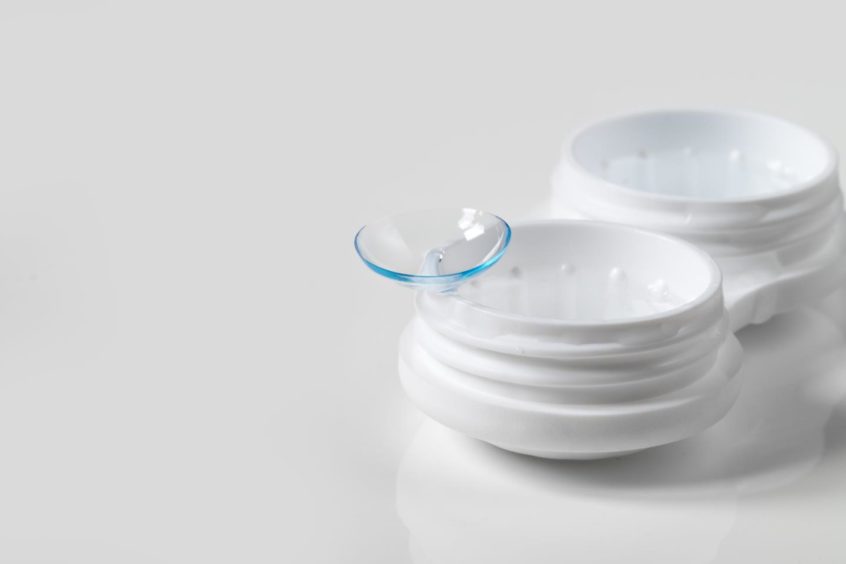
Regularly clean your glasses with warm soapy water and a microfibre cloth, as bacteria can build up on them and cause infection – and if your stye bursts it can spread.
How can I prevent styes from developing?
Styes can be harmless and can disappear quite quickly – even if they are unpleasant and uncomfortable.
However, here are a few ways you can reduce the likelihood of getting one:
- Maintain good eye hygiene.
- Remove makeup regularly.
- Change eye makeup regularly and throw away expired makeup.
- Wash your hands before touching your eyes.
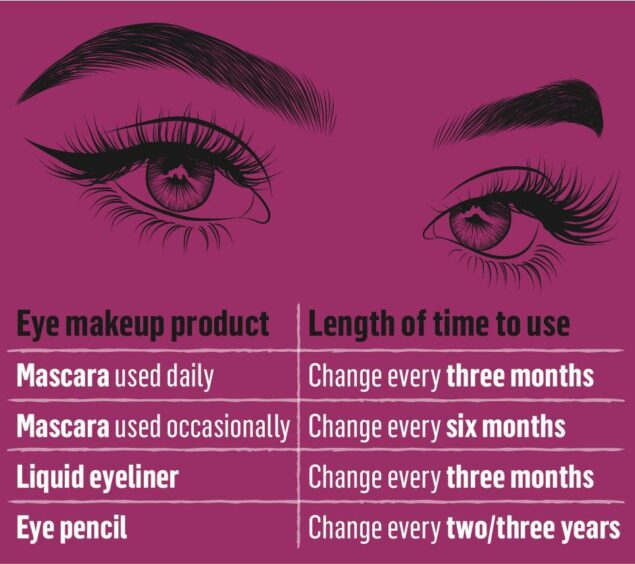
If you regularly develop styes, consider diluting mild baby shampoo in warm water and using a cotton bud to gently brush it along the base of the eyelashes.
This will clean off any buildup and help prevent future infections.
